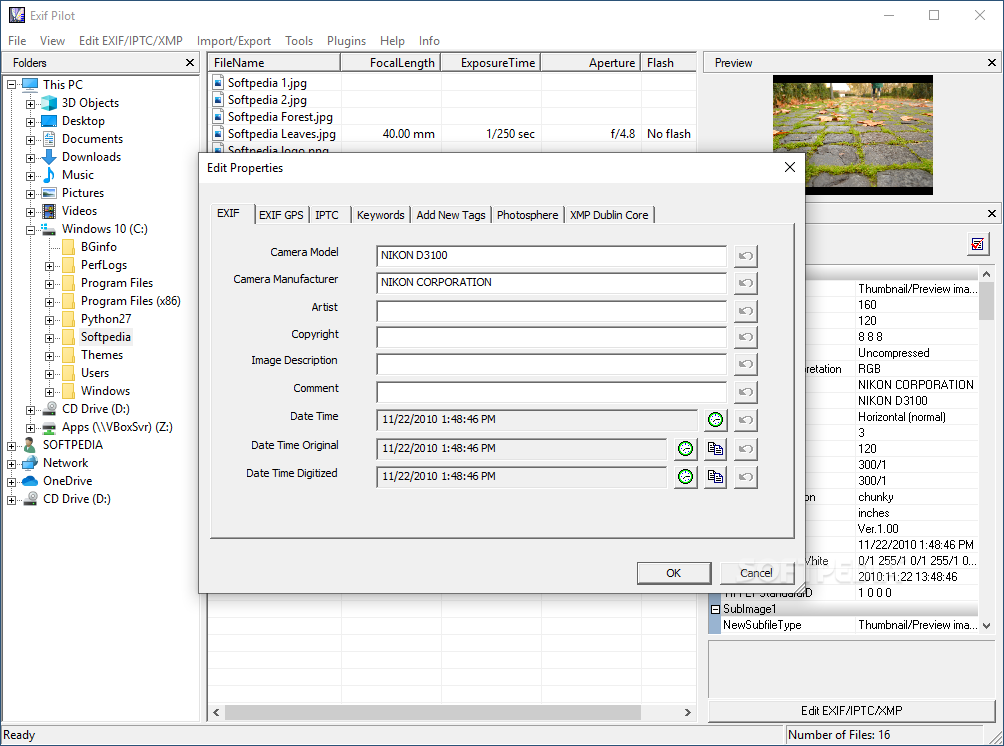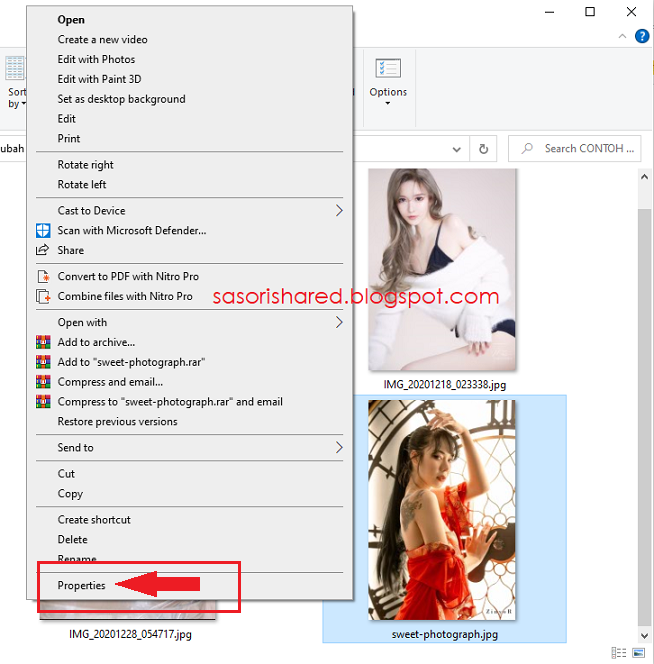
This is where we will paste the name of all the frames from the video in ascending order. After this, create an empty column in front of the GPS data. We also need to swap the location_latitude and location_logitude columns to get the correct order for WebODM to process tha data. We will now deleta all columns except three: Location_latitude, location_longitude and location_altitude.

The CSV-file will contain a lot of information about the ANAFI’s state at the exact moment in time when the video was created, like battery percentage, orientation, signal strength etc. It will be space delimited, not comma delimited, so you might have to make a change in your spreadsheet when importing: *note: If you trim the video using a 3rd party editor (like QuickTime), it might strip the metadata, so it’s recommended to use the raw file from the ANAFI.Ĭhange directory to the folder where you want to keep your individual video frames:įfmpeg -i path/to/video.mp4 Frame%04.jpg -hide_bannerĪfter a little while, your folder will be filled with the individual frames from your video. The csv-file should now have been created in the destination folder. out/groundsdk-macos/staging/native-wrapper.sh vmeta-extract -csv destinationfolder/destinationfile.csv sourcefolder/sourcevideo.MP4 Open a Command Line Interface (CLI), in this case Terminal in MacOSĬhange directory to your Parrot SDK folder:įrom the folder un the vmeta command in a wrapper: Extract the metadata as a Comma Separated Value (csv) file: *note: By “Classic” photogrammetry in this context I’m refering to non-AI powered model creation or Simultaneous Location And Mapping (SLAM) type 3D model creation.ġ. As the ANAFI has a 180° capable gimbal, you have a great tool for capturing any 3D objects (as long as you have clear footage and good overlap). The level of detail will depend on your video settings, altitude and speed.

If you want a 3D model, you can film at oblique angles (>-90°), for mapping nadir (straight down) might be better. The rules are the same as for ordinary photogrammetry, clear images, good coverage and overlap. However, it is possible, and depending on your needs, you may get satisfying results.Īny flight path can potentially be used, but depending on your target some planning will make the results better. The reason for this is that video will be more prone to inducing motion blur, rolling shutter effects and artifacts due to video compression. When making a model from video using “classic” photogrammetry*, it will inherently be more difficult to obtain a good result than from pictures.
#EXIF PILOT TUTORIAL SOFTWARE#
If you want to use other software than WebODM for model and map creation, you will most likely need to edit the EXIF information for the individual images or check if the software supports a similar georeferencing solution as the geo.txt format. There are other options to export individual frames from videos than ffmpeg, but it is a very easy and quick to use. Video with metadata from a Parrot ANAFI drone (see Parrot PDRAW documentation for more info, other models are also supported), and the software mentioned above is used in this tutorial. WebODM WebODM Drone Software - OpenDroneMap Vmeta from Parrot PDRAW SDK Overview - GroundSDK Tools 7.0Ī simple spreadsheet application (Numbers on MacOS) Parrot ANAFI w/Skycontroller 3 and FreeFlight6 This document outlines a simple work method for doing so. This means that it is possible to extract the latitude, longitude and altitude from the drone’s GPS at each frame, making it possible to build a spatially accurate 3D model or map from the video file.

The Parrot ANAFI embeds metadata in the videofile when filming.


 0 kommentar(er)
0 kommentar(er)
